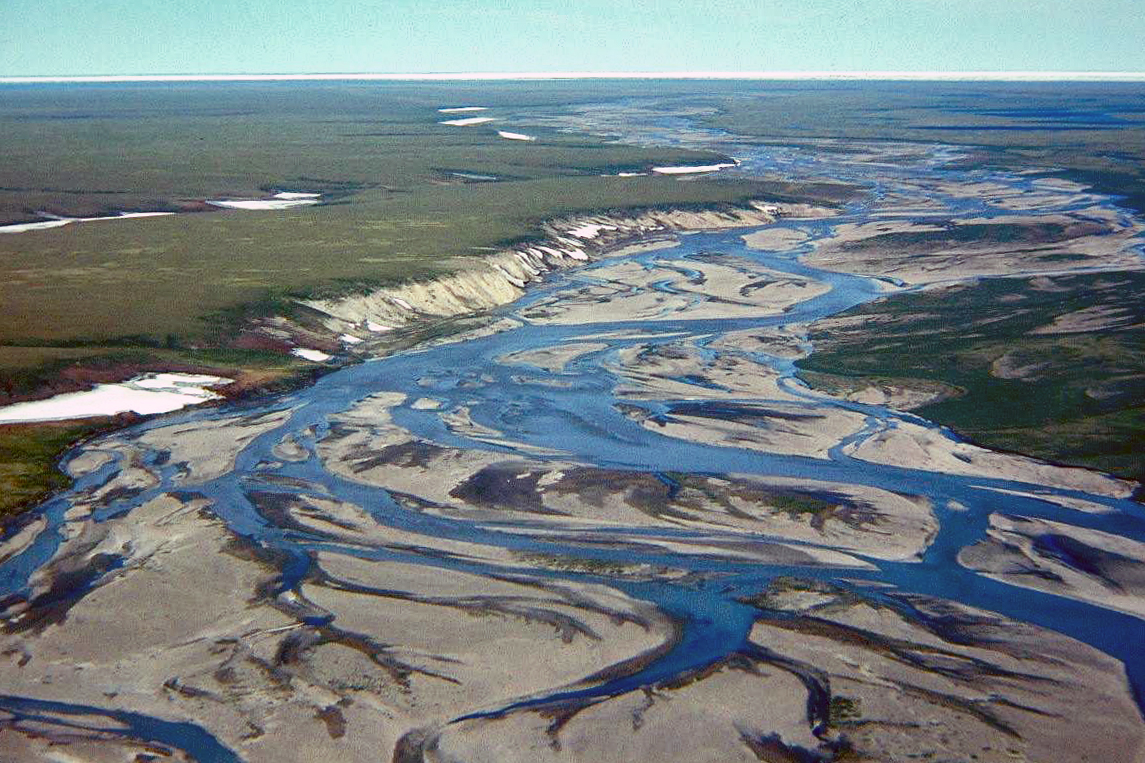The Week Ahead: Mixing oil and taxes

The Week Ahead is a preview of some of the events related to the region that will be in the news in the coming week. If you have a topic you think ought to be profiled in a coming week, please contact us. This is the final Week Ahead of 2017. We’ll be back in 2018 with more insights into the issues facing the region.
This week, Republicans in the U.S. Congress will likely pass a bill that, for the vast majority of Americans, has to do with tax reform.
For Alaskans, however, it has as much to do with increased state revenue as it does potential reductions in their federal tax burdens. That is because the bill, due to come up for a vote on Tuesday, includes a provision that would permit oil drilling in a part of the Arctic National Wildlife Refuge, a vast federally controlled area.
The state’s three representatives in Congress are hoping that allowing drilling in much of the coastal portion of ANWR, a section known as the 1002 Area, making up 8 percent of refuge’s total area, will earn $2.2 billion over the next 10 years to be split equally between state and federal authorities.
Those in favor of drilling in ANWR argue that it can be done safely, that it has the support of most Alaskans and that the income it provides income necessary to keep the state’s economy afloat as production from the neighboring North Slope oil fields declines.
For oil firms, ANWR is attractive for a number of reasons: It is close to the pipeline that serves the North Slope, and the geology there indicates that there is likely to be significant oil. Moreover, the political and popular support for drilling in Alaska provides a friendlier operating climate than in other parts of America.
But with oil prices still lower than what may be necessary to turn a profit in the short-term, and with oil from fracking still readily available and increasingly cheaper to get to market, the 1002 Area may not be a viable option for oil firms until after the seven years the federal government will have to auction off leases.
Whether it will be worth their money in the longer term depends, once again, on the price of oil, but also on the viability of alternative sources of fuel.
And, while opening ANWR has the support of a majority in Congress, most voters remain against it. This has not changed since previous attempts to open ANWR were voted down in Washington. But those defeats were facilitated by the lobbying of environmental groups. This time around, opposition to drilling has had to compete with opposition to not just the tax bill, but all manner of initiatives put forward by Donald Trump.
Environmental groups expect it will be easier to marshal opposition to ANWR drilling once the tax bill passes, though, after the measure becomes law, the focus will need to shift to giving interested firms an image problem, as well as being ready to lobby future administrations in Washington from putting any new lands up for sale.
Opponents will be energized by the results of recent federal land auctions in an area known as the National Petroleum Reserve-Alaska. That sale generated just $1 million, compared with $19 million during last year’s action. Sales in a state-controlled area, on the other hand, took in $21 million, which was $3 million more than last year.
The difference is likely because oil firms felt the state areas were more promising than what the feds were selling off. But, even if this was the was the reason, it stands out as a rare success in sea of disappointing news about Arctic oil, including, most recently, lack of interest in buying rights to explore the Barents Sea and the Greenland side of Baffin Bay.
The lesson, then, is that just because you sell it, does not mean the oil industry will drill.
The gift of Christmas
As the Christmas holiday approaches on Dec. 25, the rush to claim to be the rightful home to Santa Claus will reach its zenith. This, despite the annual Santa Claus Congress establishing in 2003 that his residence was Greenland (though this vote may have been influenced by the congress’s location, Copenhagen, and the exclusion of a Finnish delegate from the vote).
But, outside of this elite circle of pot-bellied, red-clad, eternally jolly old men, it would appear that it is, in fact, Finland, and the city of Rovaniemi, that has staked the winning claim to being Santa’s hometown.
Case in point: some 500,000 people visit Rovaniemi’s Santa’s Village attraction each year. In comparison, the next most popular Christmas-related town, reckoned to be Mora, Sweden, attracts 50,000 visitors annually.

In all, Rovaniemi’s businesses earn an estimated €62 million ($73 million) in annual tourism business. But, with 80 percent of Santa’s Village visitors, and 70 percent of Rovaniemi’s overall tourism spending, coming outside the Christmas season, the holiday is a key part of a year-round business built on the winter holiday.
Finland, in this respect, is no different from other northern destinations, for whom aspects like snow, winter darkness and the Northern Lights, are major selling points that can help them stand out in a crowded industry that, in 2010, generated $7.6 trillion (amounting 10 percent of global GDP), and one out of every 11 jobs world-wide, according to industry statistics.
When it comes to Christmas, being home to Santa Claus may also carry the same prestige as being able to claim the North Pole. A visit to the city’s Santa Village, for example, reveals a photo gallery that features personalities as diverse a Finnish heavy-metal band Lordi, known for their pyrotechnics and horror-inspired costumes, and Xi Jinping, who visited in 2010, while China’s vice-president.
It is only fitting that Xi made an appearance in Rovaniemi, for Yiwu, an industrial city south of Shanghai, is said to make 60 percent of all Christmas paraphernalia sold world-wide. Yiwu, like Rovaniemi, it would seem, has understood the true value of Christmas.